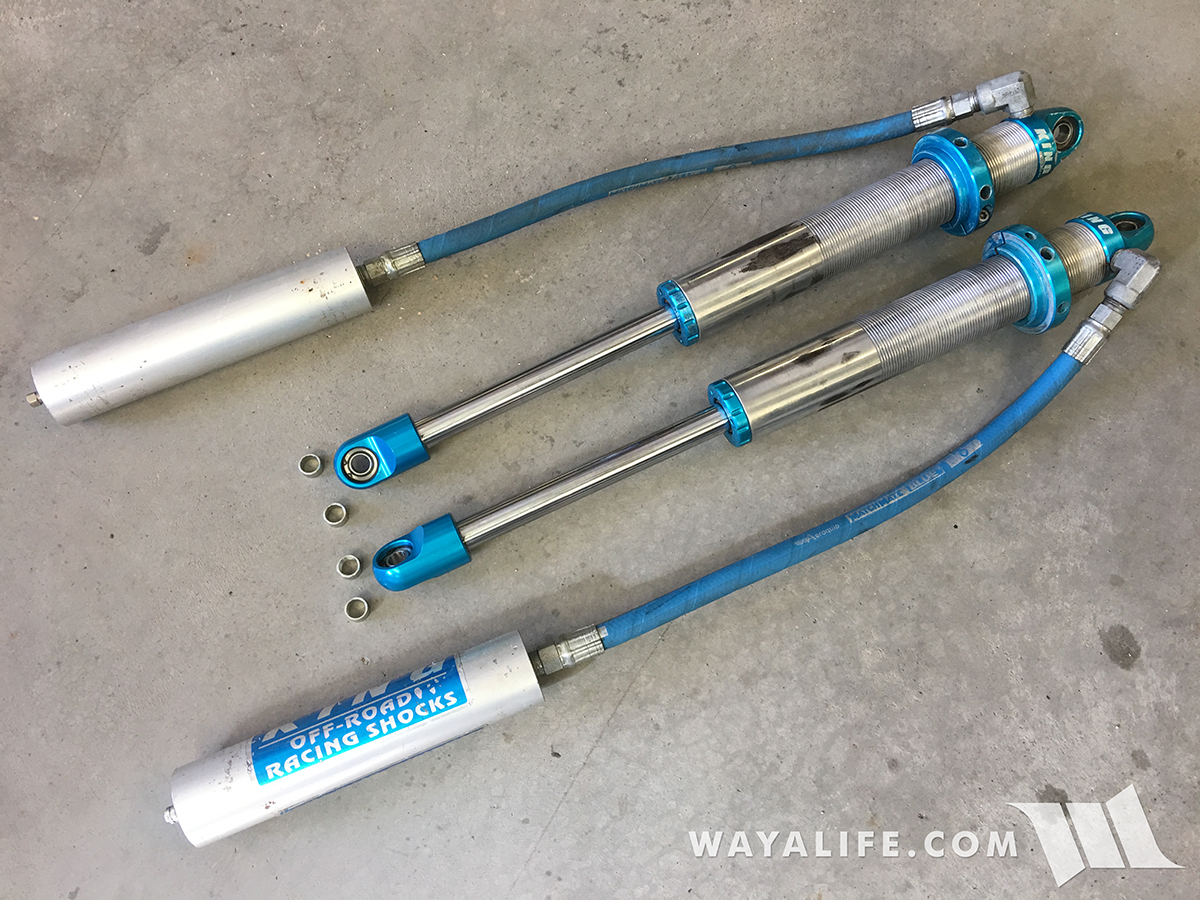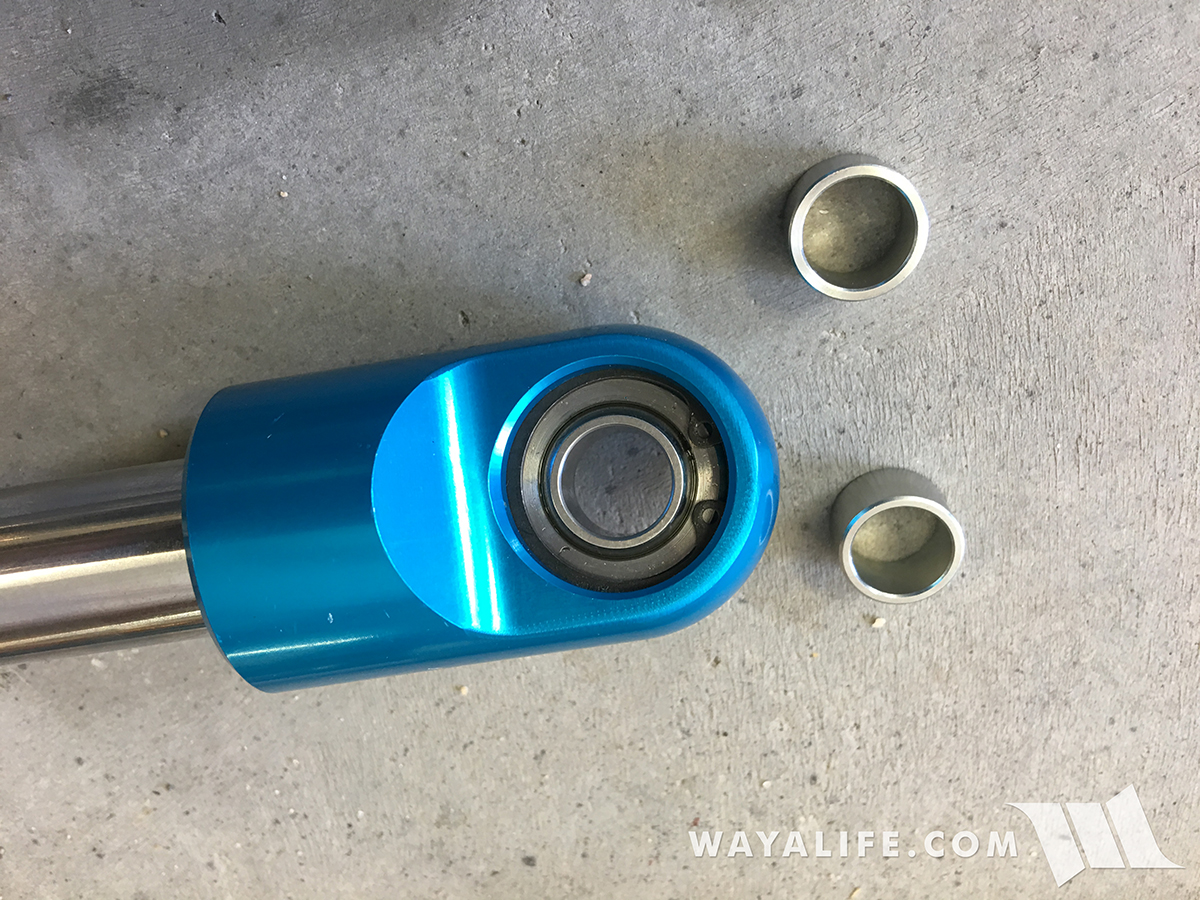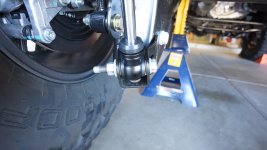Pretty funny!! I like your sense of humor, I really do.

But, in all seriousness, we are not all set. There are 2 issues here:
1) Why does Fox use a flimsy crush sleeve that will not handle factory torque spec? Why do users have to deal with that issue in the first place. I have put a lot of aftermarket parts on my stuff (cars, dirt bikes, Jeeps) over the years and never had to use less than factory torque spec.
2) Will 65 ft/lbs torque work or not? I don't know. It depends on how the Jeep is used. And who is standing behind the recommendation of 65 ft/lbs if something happens. I agree that less torque will probably work as Eddie suggests for ordinary street driving but what about wheeling or unexpected hard hits to the suspension on the highway? The free rotation of the rubber bushing on the sleeve of the Fox shock won't mean diddle when the suspension bottoms or tops out hard offroad or an unseen pothole, etc. The Jeep factory torque setting is computed by engineers to hold the crush sleeves from moving inside the brackets during normal driving and hard hits. My point is we don't know if 65 ft/lbs will work and I don't like being a guinea pig. Fox and Dynatrac don't know either (Fox doesn't say anything and Dynatrac has changed their numbers repeatedly). Do you have this lift kit on your Jeep? Are you going to sail down a road with big whoops or obstacles that slam your suspension to full stuff or full droop?
As I have said before the problem here is Fox using a flimsy, undersized crush sleeve on these shocks. They should fix it.




